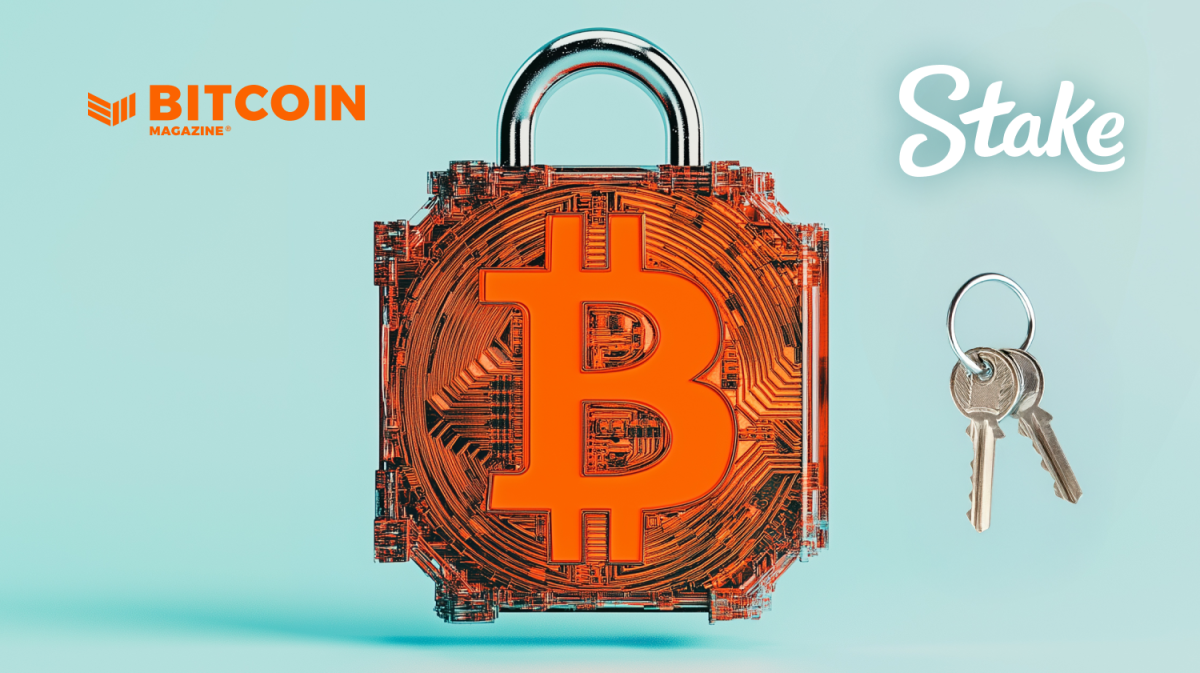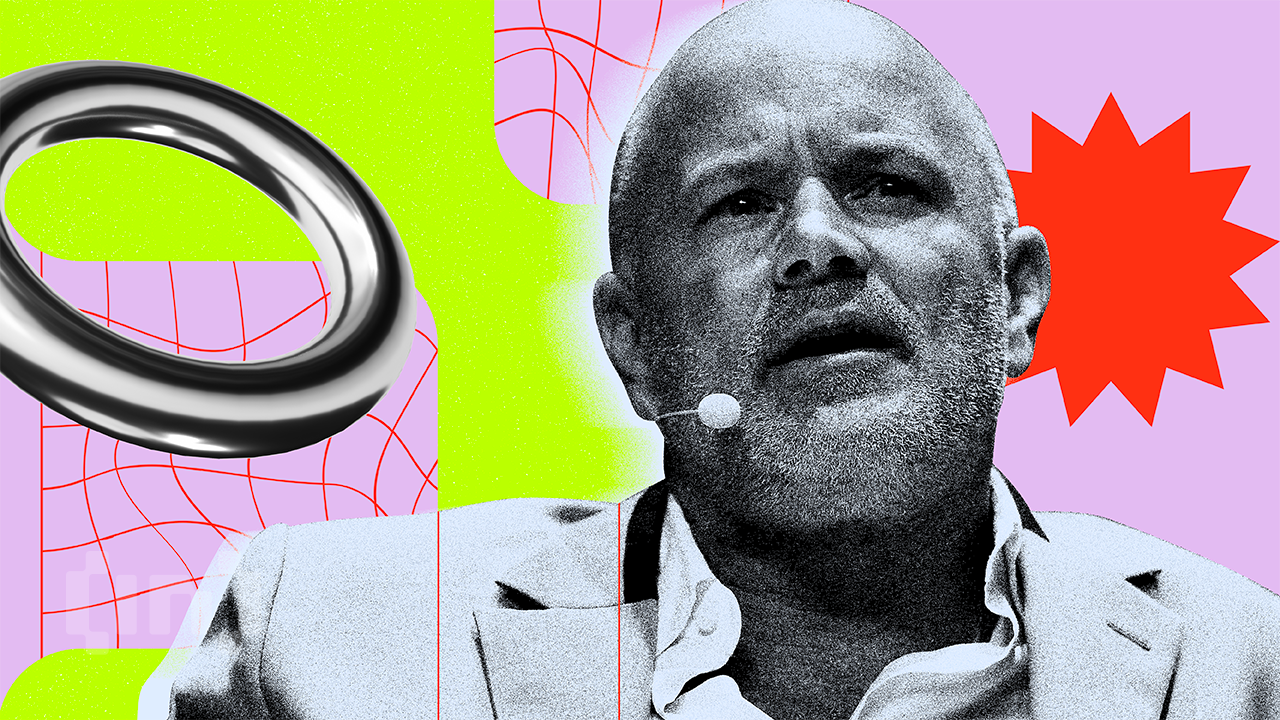Introduction
The global geopolitical and economic scenario is getting more dire with every new day, and even some institutional personalities of the financial world, like Bill Miller, have recently come out to say that bitcoin is an “insurance policy against financial disaster.” To understand why that might be the case, take some time to read our Bitcoin guide.
If you bought bitcoin in the past, there are different reasons why you may want to sell it. You may be a trader who wants to get some profits or a pleb who needs the financial boost and has no other option than selling some of your stack. Whatever your reason, we will present to you five different ways to sell your bitcoin.
The selling process is often simply the reverse of the buying method and should be relatively easy to manage. However, before we explore how to sell bitcoin, there are a few considerations to take into account.
Key considerations before you sell
Fees to trade bitcoin might be a considerable hurdle, and you should always consider this implication when you decide to sell your bitcoin. If your bitcoin is sitting in the same exchange you bought it, you should review their commissions, as they may have changed over time. Remember, a mining fee is also automatically charged by the Bitcoin network itself (not your exchange) and cannot be avoided when sending bitcoin from one address to another. Mining fees contribute to the network’s efficiency by paying miners for their work.
Especially during low trading periods, for example, when bitcoin price is moving sideways and volatility is low, some exchanges tend to offer zero-fee trading promotions to encourage more traffic and generate more liquidity.
If your exchange fees are too high, consider sending your bitcoin to a more convenient service that offers more competitive rates. Usually, withdrawing your fiat currency to your bank account is free or comes with a small commission; however, it’s always worth checking the service provider conditions to avoid last-minute surprises.Privacy might be at risk when you sell your bitcoin. Unless you use peer-to-peer cash-in-hand operations or soft-to-no KYC services, the chance that your bitcoin sale is tracked is very high. Think carefully if it is worth exposing your data for convenience or whether making an extra effort to explore other options might give you more peace of mind with your personal data. Be sure to read our guide to understand how to buy & sell Bitcoin anonymously.Withdrawal limits are always to be considered. If your sale exceeds the service provider’s daily or monthly limit allowance, you might have to incur a considerable fee. In case of high trading volumes and large withdrawal amounts, you should also expect stricter KYC procedures in place. You can sell for cash or withdraw the money to your bank account, but you can also sell for stablecoins. In this case, it’s crucial to secure your funds and transfer them to your personal digital wallet, possibly a cold storage wallet that provides offline security. Taxes must always be considered as they are likely to be owed when you sell your bitcoin, unless you live in an extremely Bitcoin-friendly jurisdiction. There’s no consistent regulation between countries when it comes to tax liability on digital assets like bitcoin; however, the general rule is that you must pay capital gains tax if you’ve made a profit.
Depending on the amount you’re selling, the tax owed could be a good chunk of the funds you’ve sold. Check your country’s laws on taxation to be aware of the levy’s implications.
Read More >> Think Before You Sell Your Bitcoin
Frequently Asked Questions
How Can I Sell Bitcoin For Cash?
The easiest way to sell your bitcoin for cash is at ATMs, in person. Make sure you trust the person you will be meeting for the exchange, not to risk being tricked into scams or more severe consequences. Bear in mind many people would go far to get hold of your bitcoin, and prioritizing security when you exchange in person should be a must.
Is It Easy To Sell Bitcoin?
Bitcoin is the most liquid of all cryptocurrencies, so it is relatively easy to sell, especially in high-volume mainstream crypto exchanges that provide market/maker (instant) orders. If you are targeting a specific price for your sale, you can simply select the preferred bitcoin price and wait for your bid to be met.
What Is The Best Way To Sell Bitcoin?
The best way to sell your bitcoin depends on your circumstances. Whether you are looking for more anonymity, cost-effective transactions, or a convenient and fast settlement, there is always an option for you that we’re exploring in the section below.
Five Ways To Sell Bitcoin
The easiest method to sell your bitcoin is often based on how you bought it. If you have already used a particular service provider (i.e., exchange) to buy BTC, then it should be just as easy to sell via this service provider. Exchanges are the most popular method of buying and selling bitcoin; however, keep in mind the considerations highlighted above before deciding what’s best for you.
There are other options, though, that you might want to consider when selling bitcoin, and we are listing them here, along with a step-by-step guide on how to go through the process and the requirements needed.
Hopefully, the bitcoin you want to sell is secured in a cold storage wallet. In that case, the first step is to transfer the asset to your chosen service provider.
1. P2P
There’s no second best for personal privacy and security. Decentralized, peer-to-peer, and KYC-free marketplaces are the future of Bitcoin transactions which the Bitcoiner community is trying to create worldwide and, due to the fundamental nature of the cryptocurrency, should be the preferred choice of Bitcoiners and privacy advocates.
Such marketplaces match a buyer and a seller and offer different types of payments, including wire transfers, gift cards to use at online stores, and even cash in person. You can refer to our “How To Buy Bitcoin Anonymously” article to learn more about it.
Step 1: Download the service app on your mobile phone or install it on your computer;
Step 2: Transfer your bitcoin funds from your wallet to the p2p provider if your BTC is not there already;
Step 3: Create an offer and select the method of payment you will accept from your buyer, and specify the amount of bitcoin you want to sell; you can also go through buyers’ listings to see if you can match a buyer’s offer;
Step 4: Once a buyer accepts your offer, your bitcoin is automatically transferred from your wallet to the temporary deposit provided by the marketplace’s escrow service;
Step 5: Wait for the buyer’s payment to be processed, and your transaction will be resolved. You can now withdraw your funds to your bank account.
2. Exchanges:
Exchanges are intermediaries in the buying and selling transaction, holding the assets from both sides so there cannot be any dispute once the transaction is executed. If you’re looking for convenience over privacy, exchanges might be ideal, and the good news is that there is usually no – or minor – KYC required to transfer cryptocurrency.
However, you’ll have to go through identity verification and link your bank account to withdraw the funds (in local currency) obtained with your sale.
Step 1: Unless you already have one, you’ll need to open an account with the exchange you want to use and transfer your bitcoin there;
Step 2: Most exchanges provide a dedicated trading account, different from the main account, and you’ll need to transfer your bitcoin there to be able to sell it. However, it usually only takes one click, and is often a free and instant transfer;
Step 3: The trading account will offer you the chance to execute a market, a limit, or a stop order; pick the one that is more suitable to your trading strategy, the amount, and the fiat currency you want to use for the trade;
Step 4: Click “sell” and once your order is executed, you can transfer it back to the main exchange account if required;
Step 5: Withdraw your funds to your bank account.
3. ATMs/BTMs
The quickest and most straightforward way to sell BTC is to use a Bitcoin ATM, assuming there is one nearby. Some will require little or no KYC; however, their fees are much higher than other exchange providers. It might be worth considering that you can only receive the sale’s funds in cash from an ATM, so this should probably be a preferred method for trading smaller amounts.
Step 1: Find a Bitcoin ATM near you on CoinATMRadar.com. Keep in mind that most ATMs only provide a buying service, so make sure you’ll be able to sell at your selected machine;
Step 2: Most ATMs will require you to verify your identity, so take an ID document with you;
Step 3: Pick “sell bitcoin” when prompted with the option;
Step 4: Scan the QR code provided on your screen as it contains the address where to send your bitcoin;
Step 5: You will likely have to wait for one confirmation only before you can cash out the funds from your sale. This could be almost instant, or at worst take a few minutes.
4. Brokers
Bitcoin broker marketplaces are growing worldwide due to their diversified offerings, including futures contracts and assets beyond digital currencies. Some even let you trade your bitcoin directly, 24/7, and with competitive fees. You should choose this third-party service if you are interested in trading derivatives and multiple assets.
Step 1: Pick your broker and open an account with them;
Step 2: Transfer your bitcoin from your personal wallet to the provider’s wallet;
Step 3: Since brokers provide trading of different assets and commodities, you’ll have to choose the proper account that lets you sell bitcoin;
Step 4: Set up your trade by selecting the type of order you’d like;
Step 5: Once the sale is executed, you can withdraw your funds to your linked bank account.
5. Payment Apps
Payment apps are the quickest and more straightforward way to buy and sell bitcoin, and an increasing number are emerging as peer-to-peer services. You pay for convenience with usually higher fees than exchanges, but they have onboarded millions worldwide due to their broad user base.
You may already have an account with one of the popular payment apps like Strike or Revolut that you use for your daily financial activities. If you don’t, you may find it handy to open one.
Some apps are geographically limited to specific countries; therefore, check their terms beforehand, as you may be refused access if your jurisdiction is not included in their service.
Step 1: Download the preferred app on your mobile phone and go through usually soft-KYC verification that requires basic information only;
Step 2: Link your bank account;
Step 3: Transfer BTC from your wallet unless you have already bought some through the same app;
Step 4: Select the “bitcoin” tab displayed in the app, and select “sell” plus the amount to be sold;
Step 5: Once the transaction is executed, you can cash out to your bank account.
Conclusion
Once you buy bitcoin, it’s easy to sell it from a practical level. To get started, you simply need an account with the particular exchange you want to use and some bitcoin in the exchange wallet to sell. Choose your order type and click sell after considering trading and withdrawal fees.
The tricky aspect of the selling process is to part from sound money in exchange for fiat currencies that have gone through a financial and systematic crisis for a long time now.
As Satoshi Nakamoto once suggested, ”It might make sense just to get some in case it catches on,” which 14 years later revealed to be a mind-blowing prophecy. However, circumstances in life might prevail over the personal belief that bitcoin is the natural evolution of money and there should never be judgment for people that want or need to sell it.
Source link













